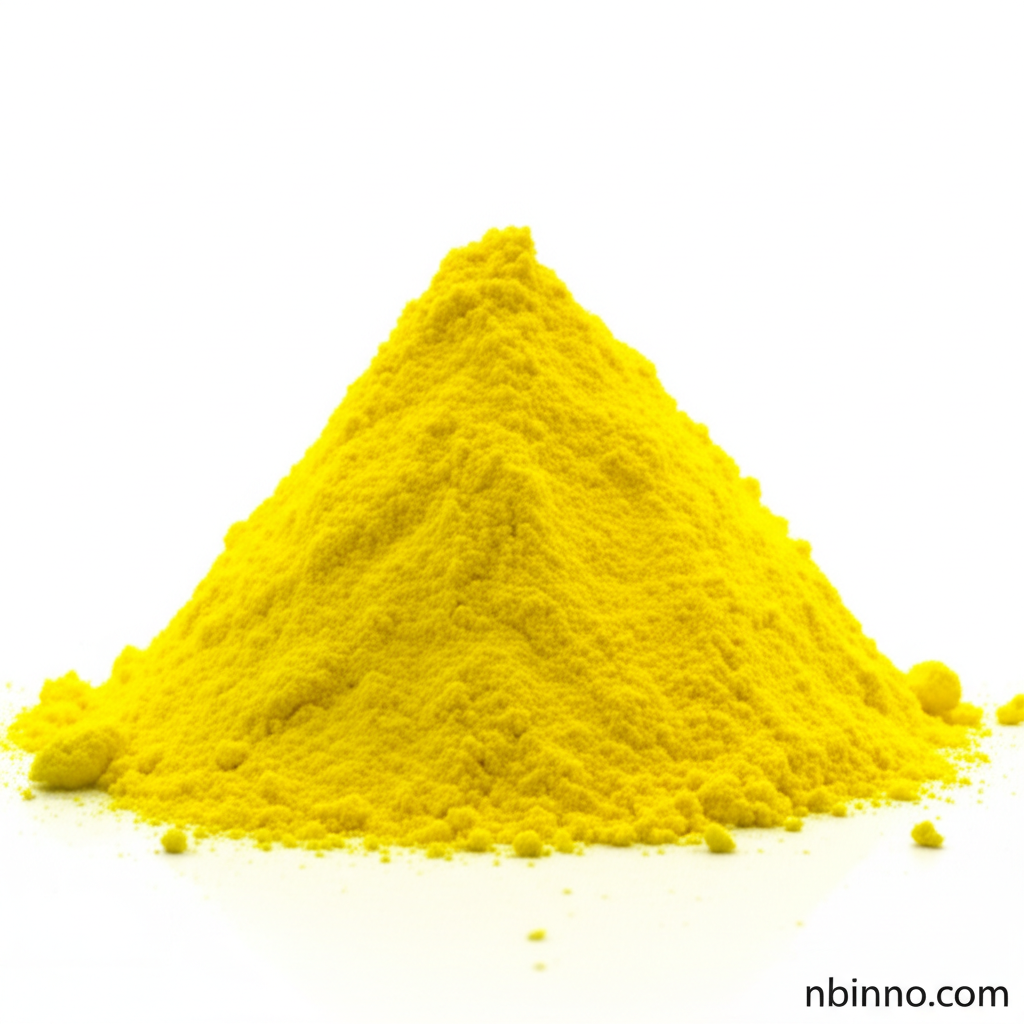2-Methyl-3-nitroaniline (CAS 603-83-8): Your Key Intermediate for Vibrant Dyeing
Discover the essential properties and applications of this vital chemical in textile and organic synthesis.
Get a Quote & SampleProduct Core Value

2-Methyl-3-nitroaniline
2-Methyl-3-nitroaniline is a critical chemical intermediate primarily used as a color developer in cotton dyeing and printing. Its unique chemical structure makes it invaluable for various organic synthesis processes, contributing to the creation of diverse chemical compounds.
- Leveraging 2-Methyl-3-nitroaniline uses in advanced organic synthesis projects can lead to novel compound development.
- The CAS 603-83-8 chemical properties are well-documented, providing a reliable foundation for research and industrial applications.
- Effective dye intermediate manufacturing relies on consistent quality, which this compound delivers for vibrant textile coloration.
- As a dedicated color developer for cotton dyeing, it ensures excellent color fastness and brightness.
Key Advantages
Versatile Application
This compound serves dual roles, acting as both a color developer in textiles and a crucial component in organic synthesis pathways, demonstrating its broad utility in the chemical industry.
Chemical Stability
Stable under normal temperatures and pressures, it offers reliable performance and extended shelf life, making it a trusted choice for chemical intermediate needs.
Purity and Consistency
Available in high purity, it meets stringent industry standards for dye manufacturing and complex organic synthesis, ensuring reproducible results.
Key Applications
Cotton Dyeing and Printing
Its primary use as a color developer for cotton fiber ensures brilliant and lasting colors in textiles, a critical aspect of the textile industry.
Organic Synthesis Intermediate
Facilitates complex chemical reactions, making it an indispensable building block for a wide range of specialty chemicals and pharmaceutical precursors.
Dye Manufacturing
Essential in the production of various dyes, contributing to the vibrant color palettes used across industries, from fashion to industrial coatings.
Fine Chemical Production
Supports the creation of fine chemicals with specific properties, driven by precise molecular structures and reliable chemical intermediate supply.
